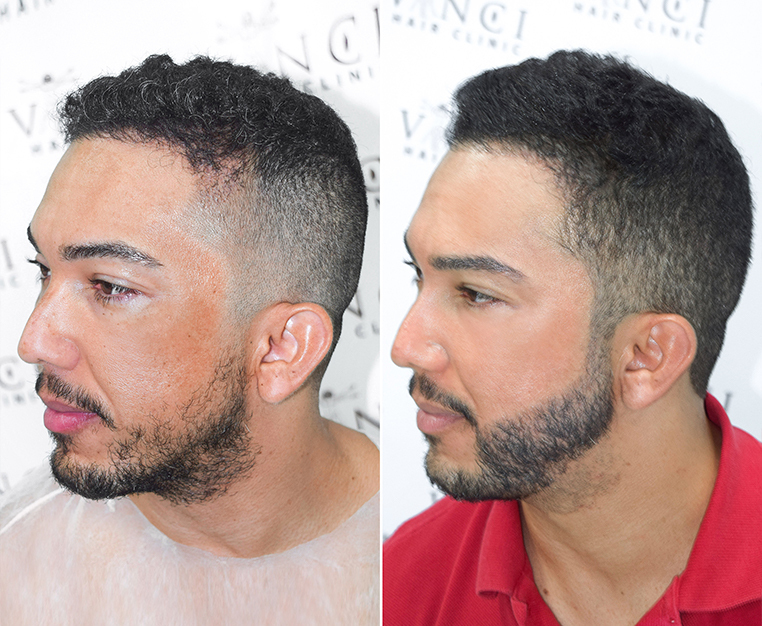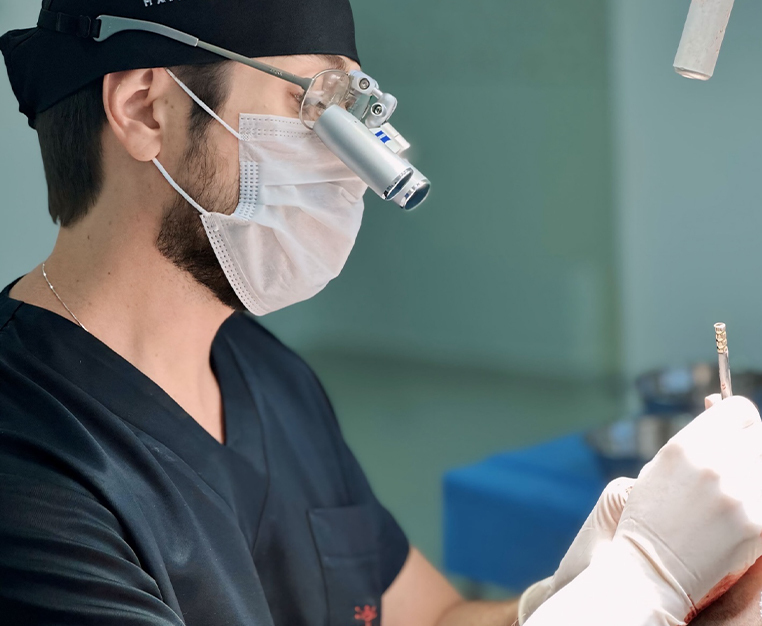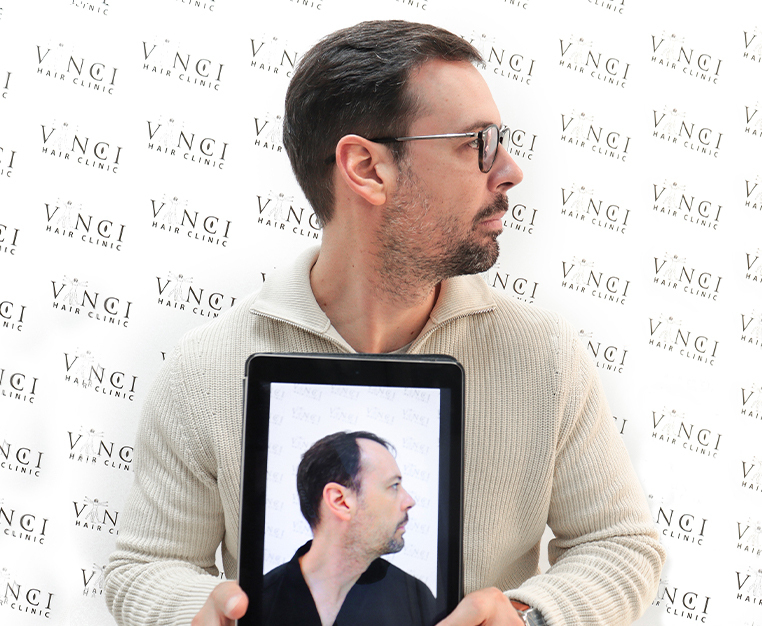Thinning hair affects many of us, male and female alike. Unlike some of the more dramatic forms of hair loss, thinning hair is often a gradual process that takes months to become noticeable. It can happen for several reasons. Genetics and ageing are major factors in many cases. Stress, illness and nutritional deficiency are other possible causes. The first step in tackling hair thinning is to get it checked by a doctor to determine if there is a medical cause. The steps you take after that will be determined by that consultation.
This article will look at some of the measures you can adopt to stop and reverse hair thinning and disguise its effects. Read on to learn more!
Treatments
Topical minoxidil is used to treat androgenetic alopecia (AGA), the root cause of hair thinning in millions of people. It comes in two per cent or five per cent concentrations. While the higher dose is more effective, it has a higher risk of side effects like scalp irritation. You need to keep taking topical minoxidil even after you’ve noticed new hair growth coming through, otherwise you’re likely to see the problem return.
For those not keen on the inevitable messiness of a topical hair treatment, Oral minoxidil is an effective alternative. It’s an off-label treatment. That doesn’t mean it’s unsafe, simply that it hasn’t been approved for use against hair loss. Reported side effects of using it are no more marked or likely than with the topical variety.
Low-level light therapy (LLLT) is a suitable treatment for home use, thus eliminating the need for a clinic trip. It works by extending the hair’s natural growth cycle and stimulating regrowth. LLLT can be delivered in several ways, with the laser cap being the most popular. It requires about three sessions per week to be effective. LLLT can also be used in tandem with other hair loss treatments and medications.
Platelet-rich plasma (PRP) provides the hair follicles with a huge dose of growth-promoting platelets and plasma. A sample of the client’s blood is spun in a centrifuge to separate the platelets and plasma from other elements. The concentrated solution is then injected directly into the scalp using a syringe with an ultra-thin needle. PRP stimulates growth from the root upwards and produces thicker, healthier strands.
With Micro scalp pigmentation (MSP), tiny micro dots of medical-grade pigmentation is injected into the scalp to create the illusion of closely shaved hair stubble. It’s a process that’s ideal for cases of hair thinning; the pigmentation adds density to thin hair by masking the contrast between scalp and strands.
Hair transplants provide a long-term solution to hair loss and thinning. With Follicular Unit Extraction (FUE) surgery, hair follicles are grafted from donor sites at the back and sides of the head onto the thinning or balding areas. It’s minimally invasive and the results are impressive. Within a few months, new hair starts growing naturally from the grafted follicles and will continue to do so for many years.
DIY Options
If formal hair restoration treatments aren’t your thing, there are some DIY options for disguising the onset of thinning hair. The first thing to do is check your haircare habits. You may be making matters worse by excessive use of heat styling tools or hair products. The former will make your hair dry, brittle and more prone to breakage. The latter could cause product buildup and weigh down your hair, making those thin strands look even thinner. Harsh personal grooming with inappropriate combs and brushes could also be contributing to your thinning strands.
How you style your hair is also important. Shorter styles are always a better choice for thinning hair. For men, a shaved head or closely cropped buzz cut can disguise the problem. For women, bobs, pixie cuts and bangs are an effective way of shifting focus to the face rather than the head. Avoid tight styles like ponytails or braids that pull your hair back and expose more of the scalp.
Think about how you colour your hair. Light shades can make your hair look more voluminous. Clever use of dark shades at the roots and lighter shades at the tips can also create the illusion of volume and height.
Conclusion
As we have seen, there are plenty of weapons in your arsenal when it comes to fighting hair thinning. An early diagnosis of what is causing the problem is essential. That will give you a firm basis on which to make decisions about the appropriate treatment.
Don’t let concerns about hair thinning or hair loss dominate your life. It’s much better to address your fears and tackle the problem immediately. Vinci Hair Clinic can help with that. We are one of the most successful hair restoration organisations on the planet, with a network of clinics across the world. We’re offering a free, no-obligation consultation to all our new clients. All you have to do is get in touch and make an appointment!





